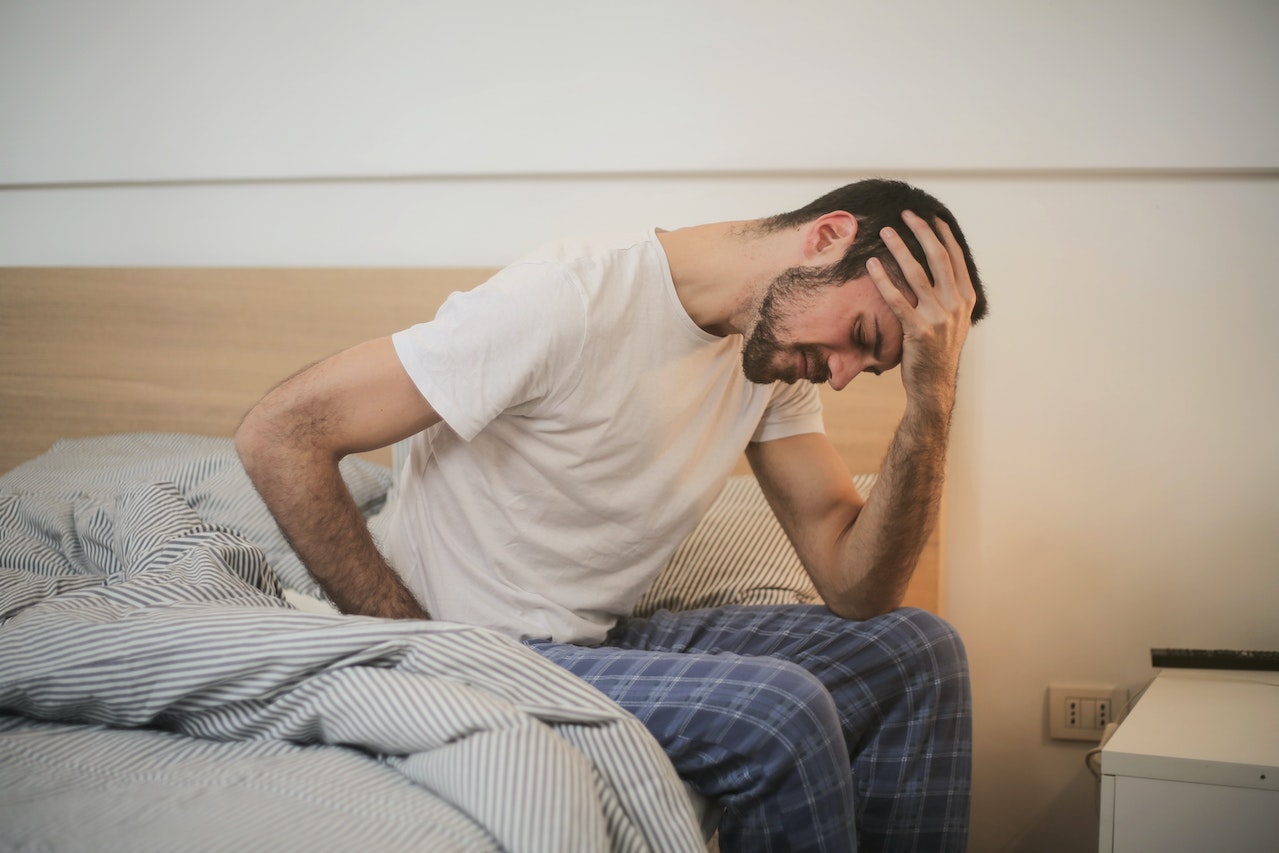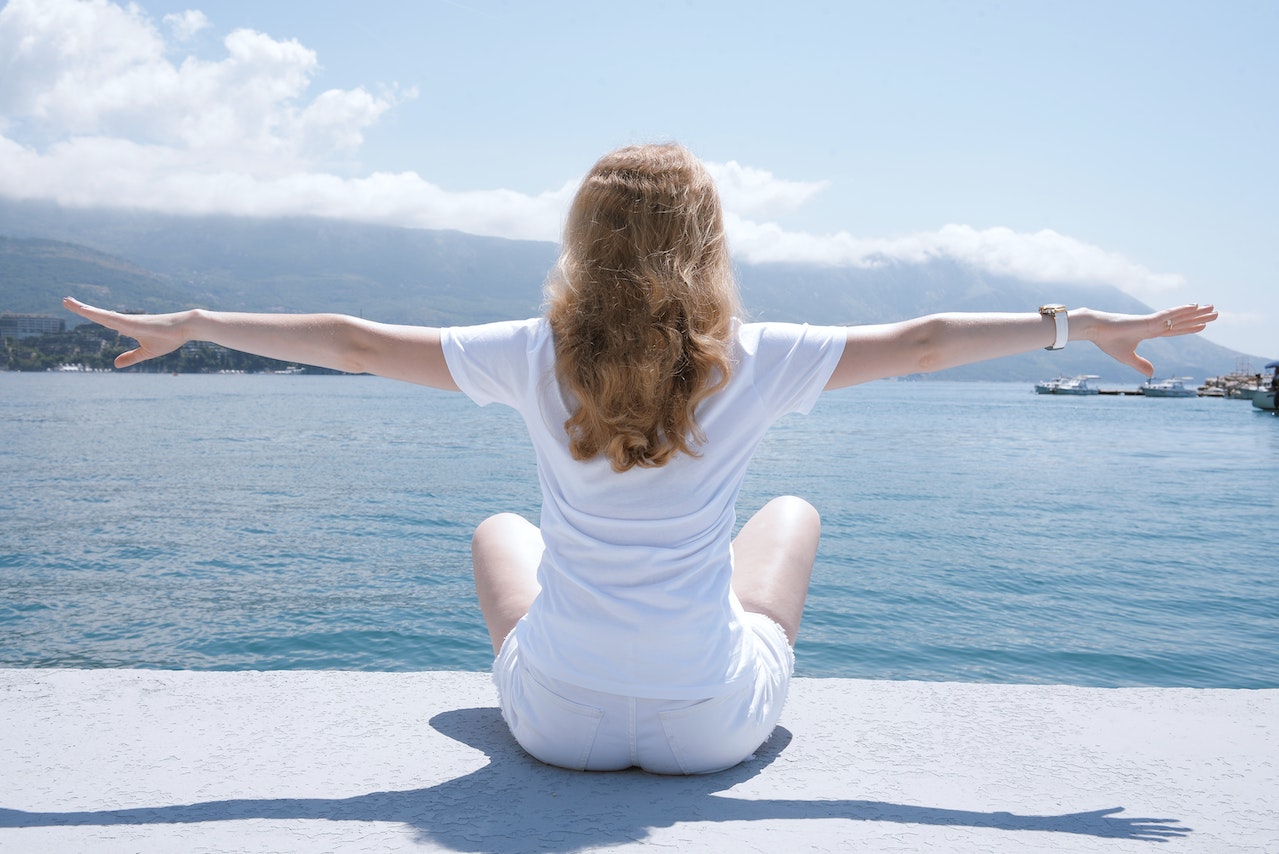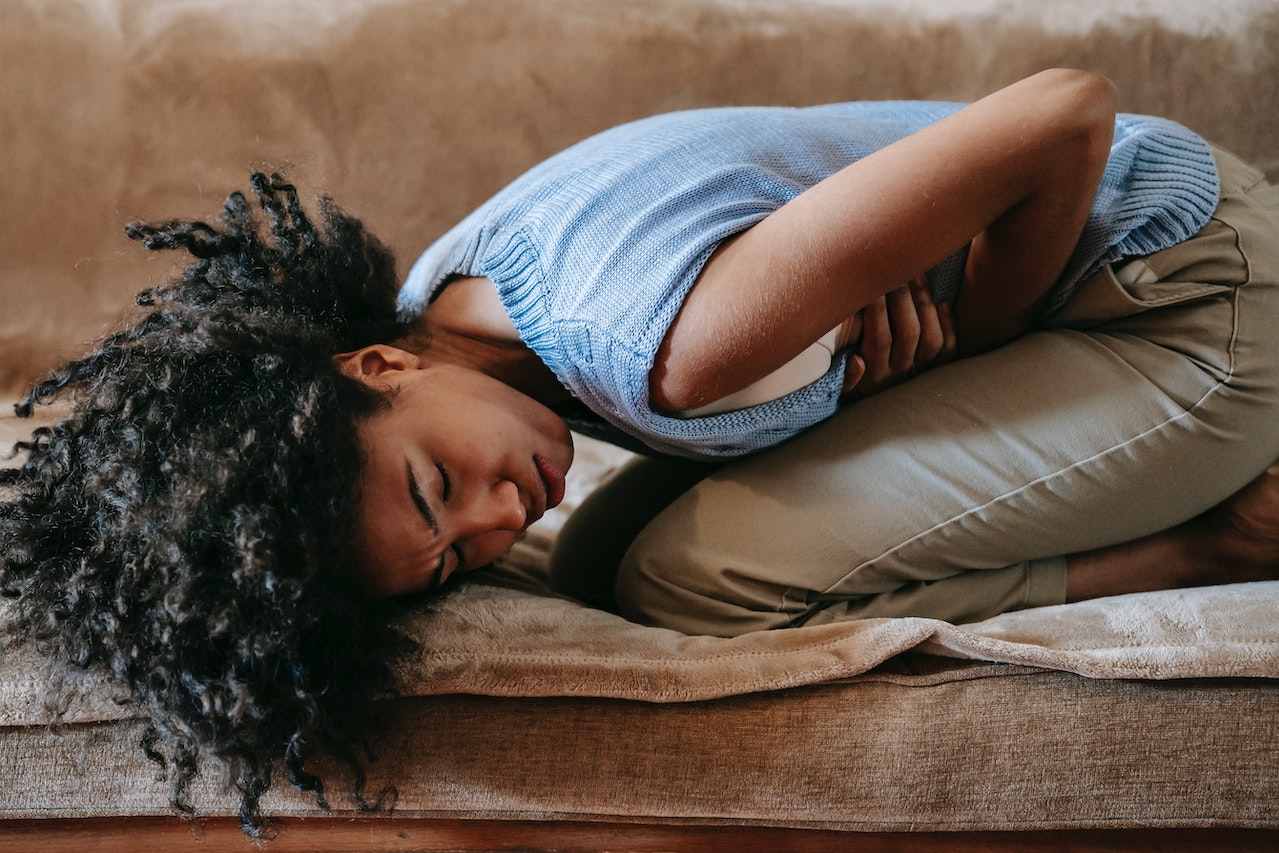Quick At Home Spinal Stenosis Relief


Spinal stenosis is a narrowing of the spinal canal which is the vertebral channel through which your spinal cord travels. Pressure on the spinal cord nerves can cause significant pain, reduced range of motion, weakness, and numbness. Although spinal stenosis can occur in any area of the spine, the most common places are in the neck and lower back, mainly in people over 60.
Cervical Stenosis. In this condition, the narrowing occurs in your neck between the first seven vertebrae called C1-C7. Symptoms include:
- Numbness or tingling in a hand, arm, foot, or leg
- Weakness in a hand, arm, foot, or leg
- Problems with walking and balance
- Neck pain
- In severe cases, bowel or bladder dysfunction (1)
Lumbar Stenosis. This is the most common form of spinal stenosis. In this condition, the narrowing occurs in the lower five vertebrae, L1-L5 between the ribcage and the pelvis. Symptoms include:
- Numbness or tingling in a foot or leg
- Weakness in a foot or leg
- Pain or cramping in one or both legs when you stand for long periods or when you walk
- Back pain (1)
Spinal Stenosis Causes
Osteoarthritis is the most common cause of spinal stenosis. This inflammatory condition creates wear and tear that breaks down the cartilage in your joints, including your spine. As cartilage wears away, the bones begin to rub against each other, stimulating new bone to grow. Bone spurs or an overgrowth of bone on the vertebrae can extend into the spinal canal, narrowing the space and pinching nerves in the spine. (2)
Other causes of spinal stenosis include bulging or herniated disks, thickened ligaments, tumors, congenital spinal deformities such as scoliosis, and spinal injuries. (2)
Symptoms are most often felt when you overextend your back which can happen during walking if your posture is not correct. Extension can also happen if you sleep on your stomach or if you do exercises or weight lifting that include arching backward. Relief can come when you fold forward which reduces the pressure on your spinal cord and nerves.
The use of physical therapy and exercise as a preferred alternative to more invasive procedures are options available to you depending on the nature and severity of your condition.
At-Home Exercises for Spinal Stenosis
The intention here is to relieve pain and help strengthen your back and neck over time. You should not feel any increase in pain while doing these exercises. If you do, see your doctor first to find out if you have stenosis or some other disorder.
Do each exercise at least five times, alternating sides where applicable. Hold each position 10 to 30 seconds as long as you are comfortable and not straining. The rest of your body should be relaxed as you go through the sequences.
For a quick home exercise, try this from Back Pain Relief 4 Life:
Stand about a foot from a wall and lean forward so your forearms are resting on the wall. Keeping a straight back, flex your pelvis forward until you feel relief from the forward flex motion. Repeat three times or as often as you find helpful. This exercise should also help you walk more relaxed as tensing up back muscles while walking is what aggravates the pain.
For a more varied back routine, follow these exercises daily:
Cervical Exercises for Spinal Stenosis Relief
These can be done sitting or standing straight with shoulders relaxed. Alternate sides and repeat five times for each position. These exercises are from Ask Doctor Jo. Be sure to check out the video for a demo:
Exercise 1: Head Rotations
Slowly turn your head to one side then the other as far as it can go. Over time you should be able to increase the amount of rotation.
Exercise 2: Ear to Shoulder
Without hunching your shoulders, bend your head right towards your shoulder. Repeat on the left side.
Exercise 3: Double Chin Stretch
Looking straight ahead with your chin level, bring your head backward to make a double chin. Still keeping level, stretch your head forward. Hold each three to five seconds. Do not bend your neck.
Exercise 4: Hand over Head Stretch
Bring your right hand up over to the left side of your head. Placing your hand flat, pull your head to the right feeling the stretch on the left side of your neck. Repeat this on the other side using your left hand to pull your head left feeling the stretch on the right side of your neck. Hold each position for 30 seconds.
Lumbar Exercises for Spinal Stenosis Relief
These should be done on a mat or carpet on the floor. A bed is too soft and does not give you enough support. These exercises are from Back Intelligence.
Exercise 1: Childs Pose
This is a basic yoga pose that can relieve tense lower back muscles. Start with hands and knees on the floor. Move your body back until your butt is resting on your feet. Slightly arch your back while stretching your arms forward as far as is comfortable. Stay here for 30 seconds, then return to the hands and feet position. Repeat this stretch up to five times.
Exercise 2: Knees to Chest
Lay flat on your back with knees bent and feet flat on the floor. Make sure there is no space between the small of your back and the floor. Tighten your abdominal muscles then bring your knees to your chest. If you cannot bring both knees at once then do one knee at a time. Repeat five times.
Exercise 3: Dead Bug
Lay flat on your back, knees bent, feet flat on floor. Straighten one leg out and back then the other leg out and back. Keep your abdominals tight. If you can, straighten one arm behind your head at the same time the alternate leg is stretched. Switch sides. Repeat five times or as long as is comfortable.
Be sure to check with your doctor or physical therapist if you are unsure about doing any of these exercises. And try to include some moderate walking each day to keep your back feeling good. For more life-changing back pain prevention, click here.
SOURCES
- https://www.mayoclinic.org/diseases-conditions/spinal-stenosis/symptoms-causes/syc-20352961
- https://my.clevelandclinic.org/health/diseases/17499-spinal-stenosis









